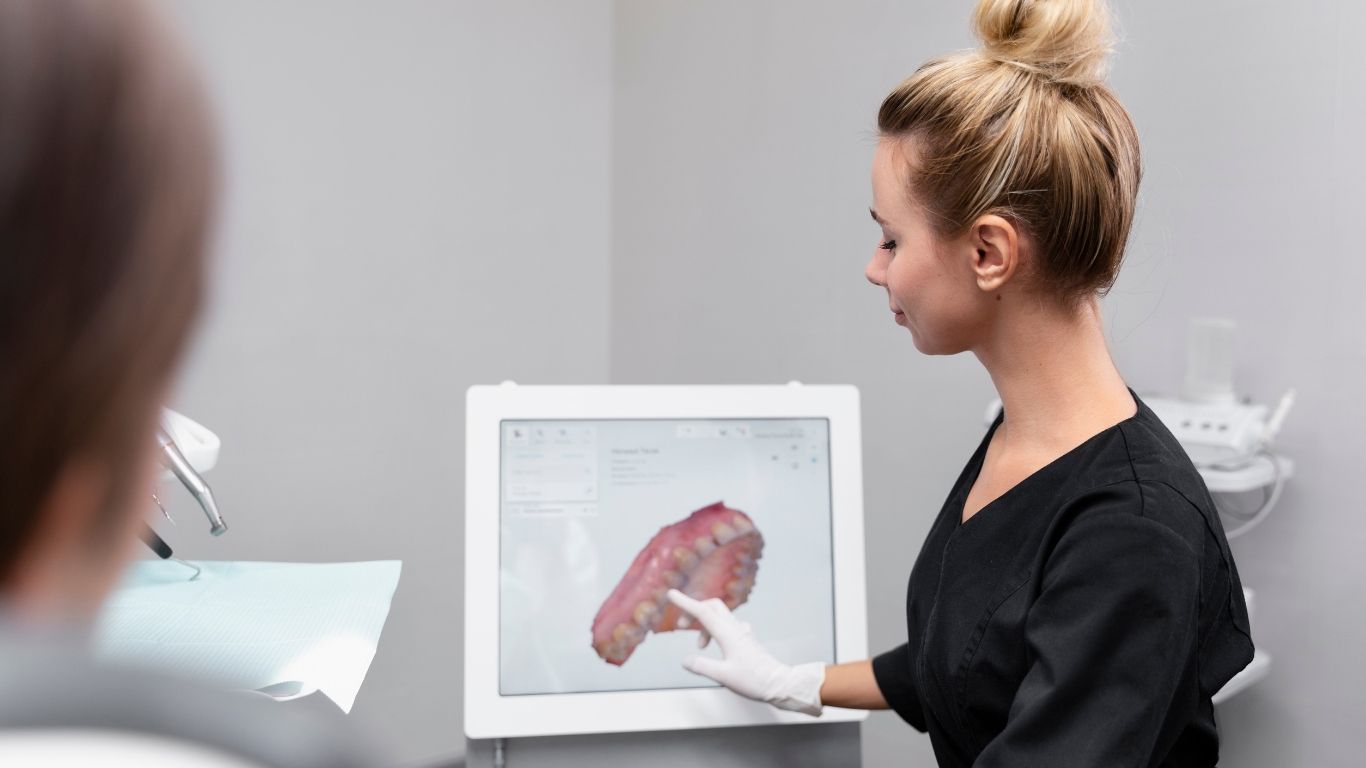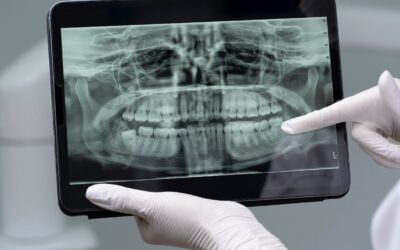Oral surgery is a specialized branch of dentistry that focuses on surgical procedures within the mouth, jaw, and surrounding areas. To streamline billing and provide accurate treatment information, dental professionals rely on specific coding systems, such as the oral surgery dental code. This coding system allows oral surgeons to document procedures, treatments, and consultations accurately. In this article, we’ll explore everything you need to know about the oral surgery dental code, from understanding its structure to using it effectively in your practice. Whether you’re a dentist, oral surgeon, or insurance professional, this guide is packed with insights to make coding easier and more efficient.
What is Oral Surgery Dental Code?
Oral surgery dental codes are a set of standardized codes used by dentists and oral surgeons to describe surgical procedures performed on the oral cavity, jaw, and facial structures. These codes, commonly referred to as CPT codes (Current Procedural Terminology), are essential for documentation, insurance claims, and billing.
Why Oral Surgery Codes Are Important:
Accurate coding ensures proper reimbursement from insurance providers and helps avoid misunderstandings during claims. These codes are updated periodically to reflect new surgical techniques or changes in medical practice.
Where Are These Codes Used?
Oral surgery codes are primarily used in medical records, insurance billing systems, and for healthcare professionals to communicate surgical procedures across platforms.
Key Features of Oral Surgery Codes:
They usually consist of a series of digits, each representing a specific procedure or treatment within the field of oral surgery.
Importance of Correctly Using Oral Surgery Dental Codes
Properly using oral surgery dental codes is crucial for ensuring smooth billing and reimbursement processes. If a dental code is used incorrectly, it can lead to claim rejections, delayed payments, or even legal issues. Below are the key reasons why using the right code is important:
Accurate Reimbursement:
Correct codes allow dental professionals to receive the appropriate compensation for services rendered.
Compliance with Insurance Requirements:
Different insurance providers may require specific codes for processing claims. Understanding which code to use can prevent errors in the claim process.
Efficient Documentation:
Codes help streamline patient records, making it easier for healthcare providers to track treatments and procedures over time.
Types of Oral Surgery Codes
There are several types of oral surgery codes, each designed for specific surgical procedures or services. These codes are generally categorized as follows:
Simple Extractions:
These codes are used for basic tooth extractions that do not require complex surgical intervention.
Complex Extractions:
These codes cover more intricate tooth extractions, such as the removal of impacted teeth.
Jaw Surgery (Orthognathic Surgery):
Used for surgical procedures aimed at correcting jaw deformities or misalignments.
Implant Surgery:
Implant-related codes are used when a dental implant is placed into the jawbone.
Biopsy Codes:
These codes are used for procedures that involve taking a sample of tissue for examination.
Commonly Used Oral Surgery Codes
Below is a list of some of the most commonly used oral surgery dental codes:
-
CPT Code 41899: Unspecified oral surgery
-
CPT Code 77402: Maxillary sinus surgery
-
CPT Code 78106: Maxillofacial prosthesis placement
-
CPT Code 70110: Biopsy of oral tissue
These are just a few examples. To get a full list of oral surgery codes, it’s essential to refer to official coding guides and resources.
How to Use Oral Surgery Dental Codes Effectively
Using oral surgery dental codes effectively requires understanding the nuances of the coding system and staying up to date with any changes or updates. Below are some tips for efficient usage:
Stay Updated with Code Changes:
Dental codes are updated regularly, so it’s essential to stay informed about the latest versions and modifications.
Use Code Lookup Tools:
Various online platforms and software tools can help you search for and verify codes.
Consult the Official Coding Manuals:
Ensure you’re using the right code by consulting official resources like the Current Procedural Terminology manual or the American Dental Association’s (ADA) Code on Dental Procedures and Nomenclature.
Ensure Accuracy in Documentation:
Every surgery and procedure should be well-documented. The correct code reflects the exact nature of the procedure performed.
Avoid Using General Codes:
Always opt for the most specific code available to ensure accurate reporting and billing.
Common Mistakes in Oral Surgery Dental Coding and How to Avoid Them
While using oral surgery dental codes, there are several common mistakes that can lead to issues with insurance claims or patient records. These include:
Using Outdated Codes:
Always verify that the code you’re using is up-to-date to avoid claim rejections or issues with insurance providers.
Misclassifying Procedures:
Sometimes, a procedure may seem simple, but it’s more complex than anticipated. Ensure that you use the correct code for complex surgeries.
Incorrect Documentation:
Inaccurate or incomplete documentation can lead to errors in code selection. Make sure every procedure is properly recorded.
Overcoding or Undercoding:
Overcoding may lead to accusations of fraud, while undercoding can result in lower reimbursement.
FAQs:
What is the Oral Surgery Dental Code used for?
Oral surgery dental codes are used to document and bill for surgical procedures performed on the oral cavity and surrounding areas.
How often are oral surgery codes updated?
Oral surgery codes are typically updated annually, but they can change more frequently depending on advancements in medical practice.
What happens if I use the wrong oral surgery dental code?
Using the wrong code can lead to claim rejections, delayed payments, and potential legal issues.
Where can I find the full list of oral surgery codes?
The full list of oral surgery codes can be found in the official CPT coding manual and ADA’s Code on Dental Procedures and Nomenclature.
Can I use the same code for different types of oral surgeries?
No, each type of oral surgery has its own unique code. Using the correct code ensures accurate billing and patient documentation.
Conclusion
Mastering the oral surgery dental code system is essential for any dental or medical practice. Accurate coding ensures proper reimbursement, compliance with insurance requirements, and the maintenance of detailed patient records. By understanding the different types of codes, using them correctly, and avoiding common mistakes, dental professionals can enhance their practice’s efficiency and reduce the risk of errors in billing.



